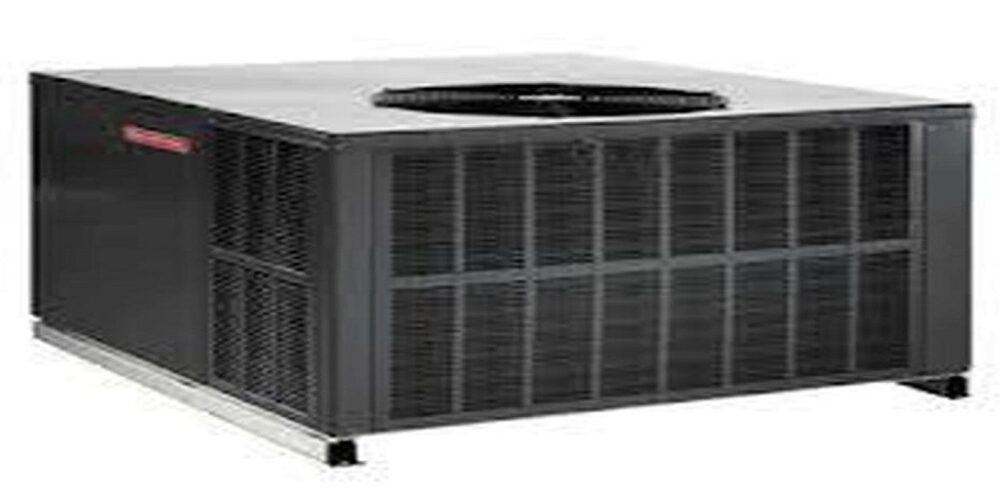Some homeowners might get caught up in the world of footprint, features and operation before they purchase a new HVAC unit for their home. You might be tempted by all of then nice advertising points that the manufacturer or distributor promotes along with any given 4 ton package unit (gas) which they’re selling, but don’t get lost down that rabbit hole. Here’s the first thing you need to know.
Before you get caught up in rust resistant hardware, self diagnostics and other attractive features, figure out the details of the unit’s capabilities. The operative word (or words) in the title of an anonymous “4 ton package unit (gas)” are “4 ton.” This won’t tell you anything about the model’s seasonal energy efficiency ratio (SEER) or footprint, but it will give you an impression of whether or not the unit is powerful enough for your home.
The main detail here is that tonnage does not refer to weight, at least in heating and cooling. When you hear the “tonnage” rating of an HVAC system, whether it be for a single stage gas furnace, a gas electric package unit or an air conditioning split system, it actually refers to the power of the unit. In HVAC settings, a “ton” of air actually refers to the power of the system; if a system (like a gas packaged unit) is rated as a “1 ton” system, it should have the ability to cool 12,000 BTUs of cooling per hour.
The math here is fortunately also fairly simple. If a system is rated at 1.5 tons, then it should provide about 18,000 BTUs of cooling power per hour. If it is rated at 2 tons, it should be able to provide 24,000 BTUs per hour, at 3 tons it should provide 36,000 BTUs per hour, and so on and so forth.
Once you know the tonnage rating of an HVAC system, whether it’s a gas electric unit or a heat pump, you can start to make decisions about whether a given system is suitable for your home or not. The next step you need to take is towards calculating how much tonnage you’ll need.
The only way to do this is with a relative assessment of your climate and an objective assessment of your home size. The country is divided into 5 zones, with Zone 1, in the South, being the hottest through the year, and Zone 5, in the North, being the coldest through the year, on average. The zone you live in will influence just how much square footage that an air conditioner can cool or a heater can heat.
If you want to learn more or have specific questions about what size you’ll need in a package gas electric unit or some other kind of packaged system, contact the professionals at Budget Air Supply and they will set the record straight.
Their team of HVAC specialists will help you choose the system that is right for your home, or they will present you with a variety of options for your home that will make the grade. They’ll also cover you with their price match guarantee, which all but guarantees you the ability to get the best price possible on your HVAC system – and they even offer free shipping on their HVAC units.
Visit Budget Air Supply today at BudgetAirSupply.com to learn more about their systems or to get in touch with their team and clear up your questions. You’ll be on the way to a newer, better system for your home in no time at all.












